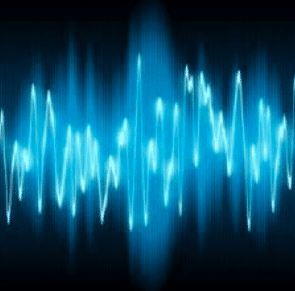
Sound travels in waves and is measured in frequency and amplitude.
Amplitude is the measurement of how forceful a wave is. Measured in decibels (dB), the louder the sound is, the higher the decibel number will be. Normal conversation clocks in around 65 dB.
- Exposure to sound over 85 dB (busy Tucson traffic) can cause damage within 8 hours
- Exposure to sound over 100 dB (a motorcycle) can cause damage within 15 minutes
- Exposure to sound over 120 dB (a chain saw) can cause damage instantly
Frequency is the measurement of the number of sound vibrations in one second.
Measured in hertz (Hz), a healthy ear can hear a wide range of frequencies, from very low (20 Hz) to very high (20,000 Hz).
As we age, we all experience presbycusis, age-related hearing loss . It is the natural aging of the cells in our ears, making it harder to hear higher frequencies.
While this is a normal part of aging, wearing hearing protection when you come into contact with high decibel sounds can help protect your hearing.
So what sounds should you be able to hear?
(click the links below)
8,000 Hz should be easily heard by everyone with normal hearing
12,000 Hz is hard for anyone over 50 years of age to hear
15,000 Hz is difficult for anyone over the age of 40 to hear
High-frequency hearing loss is caused by:
- Exposure to loud noises
- Aging
- Genetics
- Ototoxicity
- Disease
Those with high-frequency hearing loss have trouble hearing sounds in the 2,000 to 8,000 Hz range.
This often prevents the individual from hearing s, h or f sounds as well as making it harder to hear women and children. Other high-frequency sounds these individuals may miss is a bird chirping or the beeping of a microwave.
What if I Can’t Hear Anything in the Tests?
If you could not hear any of the links above, no need to fret.
The volume of your computer as well as the quality of your speakers can all play a role in your inability to hear these tones. Just to be safe, we do recommend contacting your Tucson audiologist.
They will have you complete a hearing evaluation, which will accurately determine the frequencies you can and cannot hear.